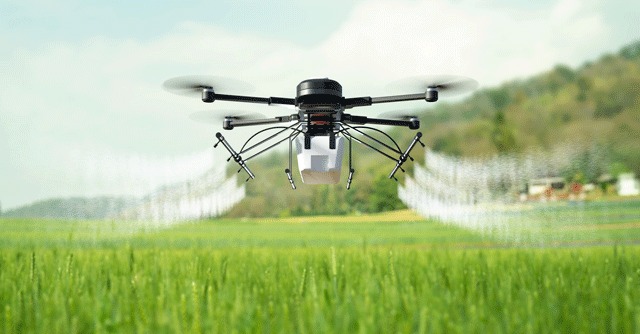In recent years, drones have evolved from hobbyist gadgets to sophisticated tools used across industries. The integration of Artificial Intelligence (AI) has propelled this evolution further livestock health monitoring, giving rise to AI-powered drones—autonomous, intelligent, and highly capable flying machines that are changing the way we interact with the world.
What Are AI-Powered Drones?
AI-powered drones are unmanned aerial vehicles (UAVs) that use artificial intelligence to perform tasks autonomously or semi-autonomously. Unlike traditional drones that require human operators to control them directly, these drones leverage machine learning algorithms, computer vision, and real-time data processing to make decisions on the fly.
Key Features of AI-Powered Drones
-
Autonomous Navigation
AI enables drones to detect and avoid obstacles, plan routes, and fly without constant human input, even in complex environments. -
Object Recognition and Tracking
With advanced computer vision, drones can recognize and track specific objects—people, vehicles, animals, or infrastructure—in real time. -
Data Collection and Analysis
Equipped with AI, drones don’t just gather data; they analyze it on the spot. This capability reduces the need for post-flight processing and enables immediate decision-making. -
Swarming Capabilities
AI algorithms allow multiple drones to fly in coordinated patterns, communicate with each other, and perform collective tasks efficiently.
Applications Across Industries
1. Agriculture
AI drones are transforming agriculture through precision farming. They monitor crop health, detect pests, and optimize irrigation by analyzing multispectral images and environmental data.
2. Delivery Services
Companies like Amazon and Zipline are using AI-powered drones to streamline last-mile delivery, especially in remote or disaster-hit areas.
3. Surveillance and Security
Law enforcement and military agencies employ AI drones for surveillance, border patrol, and reconnaissance missions due to their ability to detect unusual activity without human bias.
4. Disaster Response
In emergencies such as earthquakes, floods, or wildfires, AI drones assess damage, locate survivors, and deliver essential supplies where human access is limited.
5. Infrastructure Inspection
AI drones are used to inspect bridges, power lines, and pipelines—detecting faults and predicting maintenance needs without putting human workers at risk.
Challenges and Concerns
Despite their advantages, AI-powered drones raise concerns about privacy, security, and regulation. Unauthorized surveillance, hacking risks, and airspace safety are critical issues that need stringent policies and oversight. Additionally, there are ethical questions about their use in warfare and law enforcement.
The Future of AI Drones
The fusion of AI with drone technology is just beginning. Future developments may include greater autonomy, smarter AI models, integration with IoT devices, and widespread adoption in smart cities. As hardware becomes more efficient and algorithms more advanced, AI-powered drones will become more accessible and powerful.
Conclusion
AI-powered drones symbolize a new era in unmanned aviation—offering speed, accuracy, and intelligence across sectors. While the technology promises great benefits, it must be balanced with ethical use and regulatory frameworks to ensure its positive impact on society.
